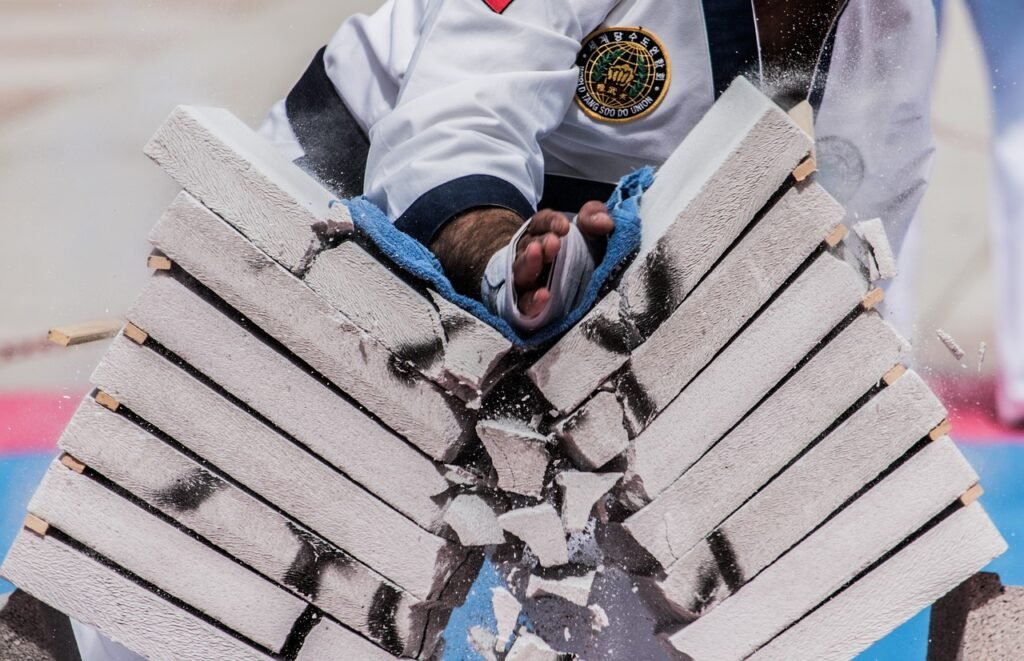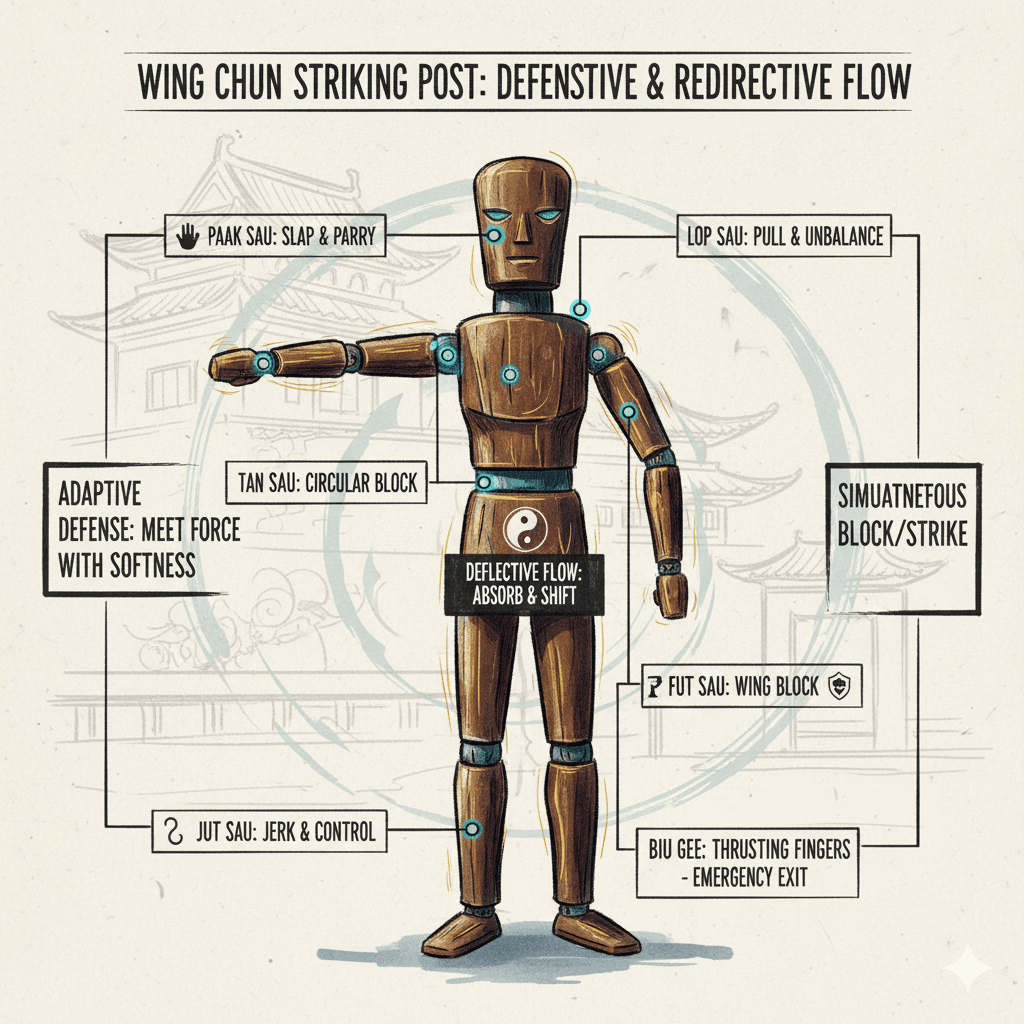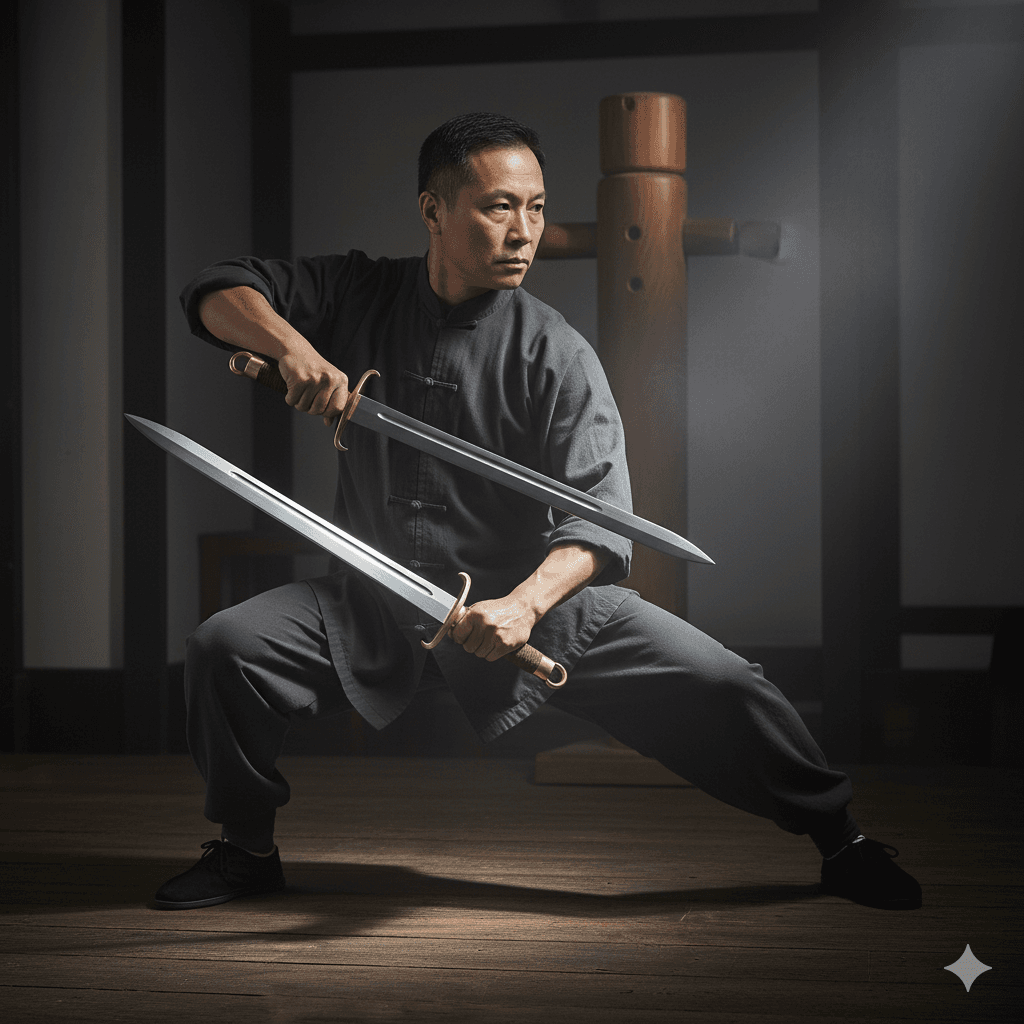Wing Chun is a martial art that emphasizes efficiency and practicality in combat. One of the key principles of Wing Chun is the concept of economy of motion.
This principle focuses on minimizing unnecessary movements and conserving energy to achieve maximum effectiveness in self-defense situations.
In this blog post, we will explore the Economy of motion in Wing Chun.
Understanding Economy of Motion
Economy of motion refers to the idea of using the least amount of movement to achieve a desired outcome.
In Wing Chun, this means eliminating any unnecessary or excessive movements that can waste time and energy.
By streamlining techniques and focusing on direct and efficient actions, practitioners of Wing Chun can effectively neutralize threats and deliver powerful strikes.
The concept of economy of motion is rooted in the philosophy that less is more.
Instead of relying on brute force or complicated techniques, Wing Chun practitioners rely on simplicity and directness.
By eliminating unnecessary movements, Wing Chun practitioners can react quickly and efficiently to any attack or threat.
Benefits of Economy of Motion in Wing Chun
There are several benefits to applying the principle of economy of motion in Wing Chun:
1. Speed and Efficiency
By minimizing unnecessary movements, Wing Chun practitioners can react and strike with lightning-fast speed.
This allows them to effectively counter and neutralize attacks before they can fully develop.
The efficiency of movement also enables Wing Chun practitioners to conserve energy, allowing them to sustain longer fights or multiple opponents.
2. Simplicity and Effectiveness
Wing Chun techniques are designed to be simple yet effective.
By focusing on direct and efficient movements, Wing Chun practitioners can deliver powerful strikes with precision and accuracy.
This simplicity also makes Wing Chun techniques easier to learn and apply in real-world situations.
3. Adaptive and Versatile
Due to its emphasis on economy of motion, Wing Chun techniques can be adapted and applied in various scenarios.

Whether in close-quarters combat or long-range engagements, the principles of Wing Chun can be modified to suit different situations.
This versatility makes Wing Chun a practical martial art for self-defense.
Practical Application of Economy of Motion
Applying the principle of economy of motion in Wing Chun requires discipline and practice.
Here are some practical tips for incorporating this principle into your training:
1. Simplify Your Techniques
Focusing on the core principles of Wing Chun, simplify your techniques by eliminating unnecessary movements.
Streamline your strikes and blocks to be direct and efficient.
This will allow you to react faster and conserve energy during combat.
2. Develop Sensitivity and Timing
By developing sensitivity and timing through Chi Sao (sticky hands) training, you can anticipate and react to your opponent’s movements with minimal effort.
This heightened awareness and sensitivity will enable you to execute techniques with economy of motion, effectively neutralizing threats.
3. Practice Footwork and Body Mechanics
Footwork and body mechanics play a crucial role in achieving economy of motion.
Practice proper footwork to maintain balance and mobility.
Focus on using your body as a unified structure to generate power and execute techniques efficiently.
4. Emphasize Efficiency in Sparring
During sparring sessions, consciously focus on executing techniques with efficiency and economy of motion.
Pay attention to unnecessary movements and strive to eliminate them.
This will help you develop the habit of economizing your movements in real combat situations.
Conclusion
Economy of motion is a fundamental principle in Wing Chun that emphasizes efficiency and practicality in combat.
By minimizing unnecessary movements and conserving energy, Wing Chun practitioners can achieve maximum effectiveness in self-defense situations.
Through discipline and practice, the concept of economy of motion can be applied to streamline techniques.
You can enhance speed, and improve overall effectiveness.
By embracing simplicity and directness, Wing Chun practitioners can develop a versatile and adaptable martial art that is highly effective in real-world scenarios.



